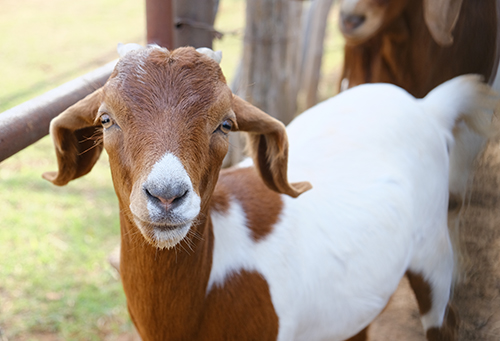New Kid on the Block
Mar 27, 2023

A change of address can be stressful— after all, you must become accustomed to a new environment, new friends, and a new lifestyle. This goes for goats, too!
Many goat owners are growing their herd this spring, whether for brush control, milk, companions, or livestock shows. When a new goat arrives, it must be acquainted with the herd and given time to settle into its new home. Too much stress can cause health issues such as lethargy, decreased appetite, digestive upset, dehydration, and higher susceptibility to certain illnesses and respiratory infections.
To overcome these potential health problems, here are three steps for introducing a new goat to your herd:
Your local Co-op has goat care essentials to keep your herd healthy and productive this year. Visit us for feed, minerals, dewormers, animal health products, fencing material, show supplies, and more!
For more content like this, check out the latest issue of The Cooperator.
Many goat owners are growing their herd this spring, whether for brush control, milk, companions, or livestock shows. When a new goat arrives, it must be acquainted with the herd and given time to settle into its new home. Too much stress can cause health issues such as lethargy, decreased appetite, digestive upset, dehydration, and higher susceptibility to certain illnesses and respiratory infections.
To overcome these potential health problems, here are three steps for introducing a new goat to your herd:
- Quarantine
- Explore
- Introduce
Your local Co-op has goat care essentials to keep your herd healthy and productive this year. Visit us for feed, minerals, dewormers, animal health products, fencing material, show supplies, and more!
For more content like this, check out the latest issue of The Cooperator.